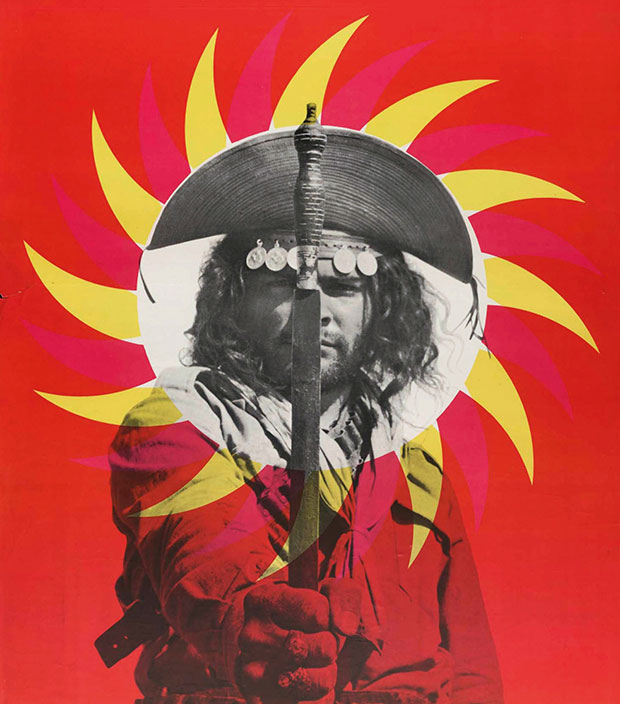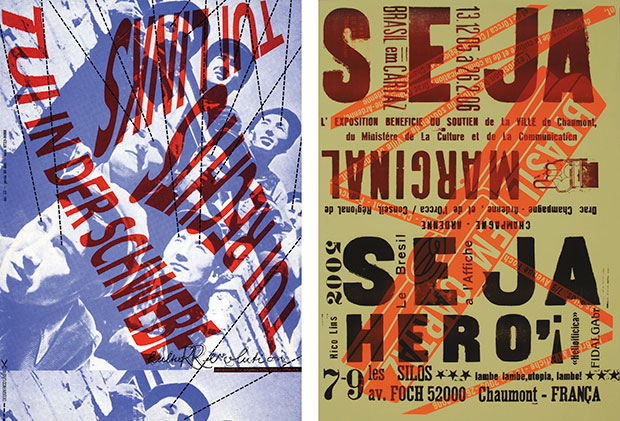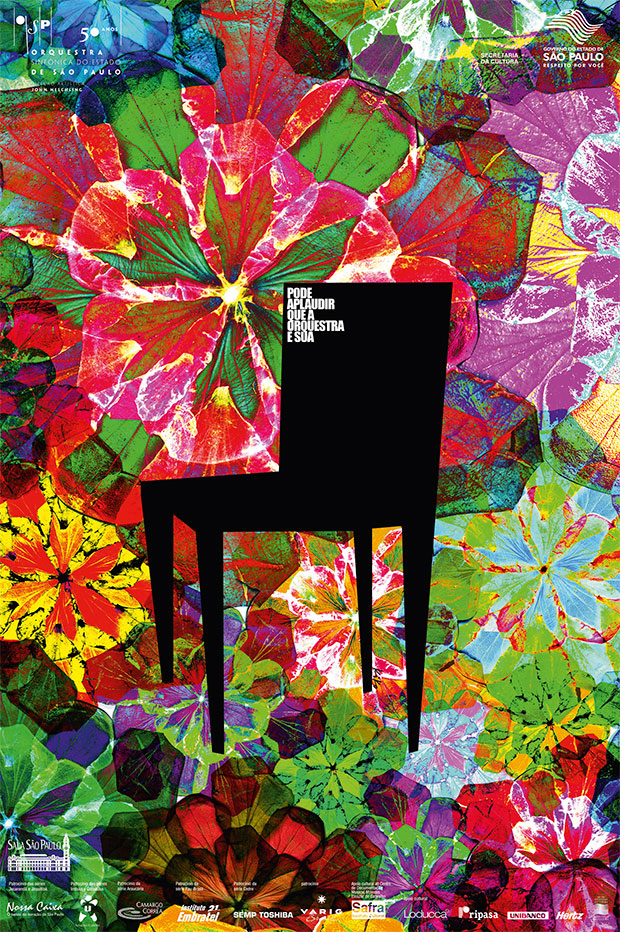
What happened when Brazil took on Modernism
How a naïve, colourful, art movement created a counterpoint to the prevailing style of the military dictatorship
Today, we might associate Modernism with the democratic, world-improving principles of the Bauhaus. Yet that particular version of this cultural movement was not evenly dispersed across the globe. As Absorbing Modernity: 1914-2014, Rem Koolhaas’s theme for the international component of this year’s Venice Architecture Biennale makes clear, the sharp geometry and clean lines of Mies and Le Corbusier were adopted by democracies and dictatorships alike. It should not surprise us to learn that, in some countries, this sleek, ordered look came to represent not some coming utopia, but a failed exercise in forced modernity.
In Brazil, many artists, designers and musicians, laboring under the country’s military dictatorship from 1964 to 1985, fought back against the modernist look, with a colourful, creative protest. As our new book, Brazil makes clear, the 1960s Tropicalia movement was a scrappy, distinctly South American take on pop art, that informed every low medium from rock music to posters. Yet, while US and European pop was more or less a celebration of commercialism, in Brazil, tropicalia or tropicalismo sought to redefine the country’s culture, let down by modernity.

“The Brazil of the tropicalistas was pop, kitsch, strident, sentimental and deeply honest in its contradictions,” writes Paulo Werneck in the graphic design chapter of Brazil “It was at the same time a denunciation of the modernization project promoted by the military dictatorship and a loving criticism of bossa nova’s utopias. Still marked by backwardness, poverty, illiteracy and countless social injustices, the country no longer seemed to fit into the idyllic representations of 1950s Modernism.”
The country’s military rulers did not tolerate this sort of cultural protest, and some of tropicalia’s best-known artists, such as the musician Gilberto Gil, were exiled. Nevertheless, in resisting the prevailing international styles, the tropicalistas helped define Brazil’s character. Posters, such as Rogério Duarte’s striking design for the 1964 film Deus e o Diablo na Terra do Sol (Black God, White Devil), captured the spirit of the times, informing a later generation of practitioners, such as Elaine Ramos and Kiko Farkas, who saw that an honest expression of the nation's culture - home to both Oscar Niemeyer's Brasilia and the Cidade de Deus favela of Rio de Janeiro - requires a little roughness around the edges.

“It could be argued that ‘Brazilian-ness’ may lie less in the docile imitation of popular aesthetics or in the search for an ideal nation,” writes Werneck in Brazil, “and more in the permanent tension between – or juxtaposition of – modernity and backwardness, economy of means and stridency, elegance and ‘bad taste’.”
And yet that quantum of ‘bad taste’ tells us more about this spirited, quixotic country than a streetful of Villa Savoyes might. For more on tropicalia and much else besides buy a copy of our new book, a celebration of Brazil’s contemporary cultural scene by those who know it best, here.
And if you’re in London and would like to celebrate the launch of Brazil we’re having a get together at Frescbol Carioca in Soho tomorrow, Thursday 13th November. The address is 3 Ham Yard and the event runs from 6-8pm. Send your RSVP to rafael@frescobolcarioca.com. There will be beer courtesy of Amazon Beer and the catering will be provided by Marcelo de Campos.